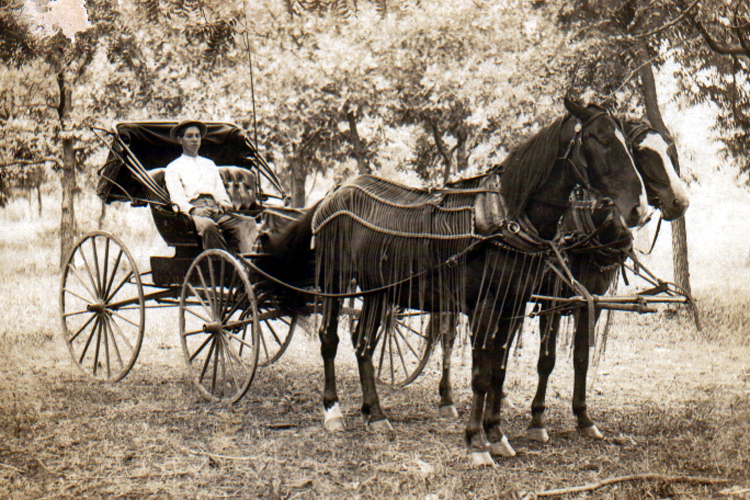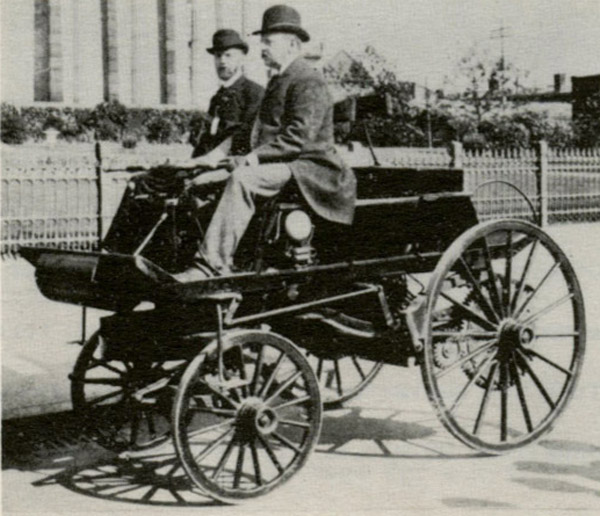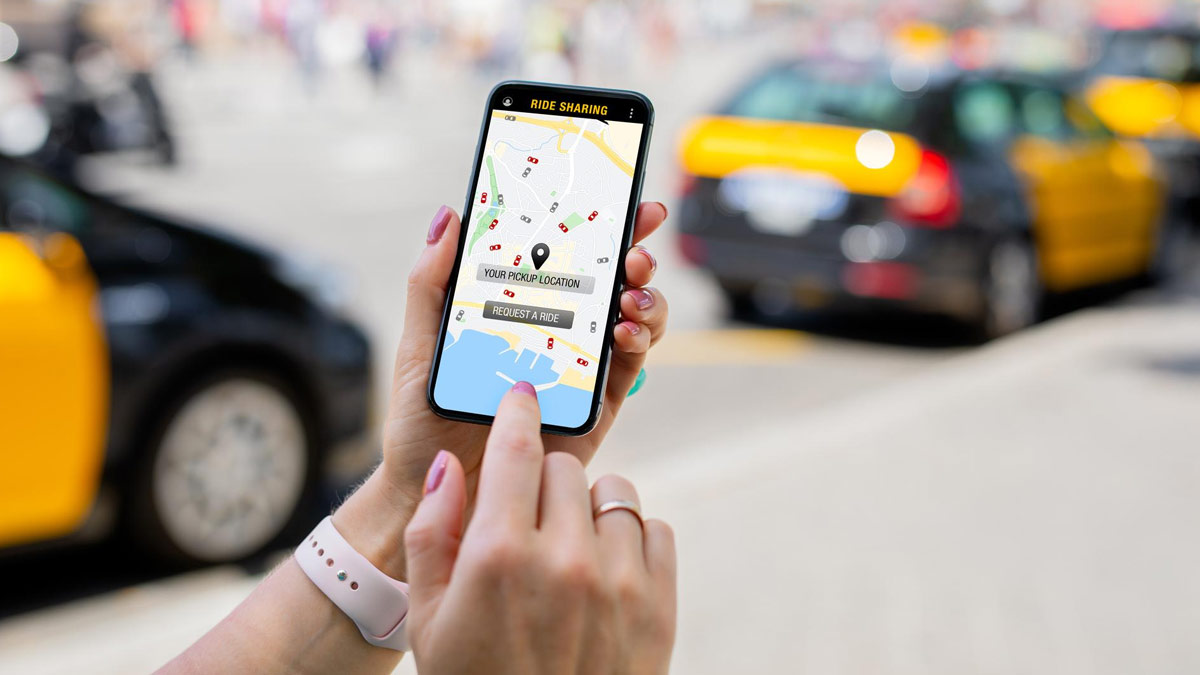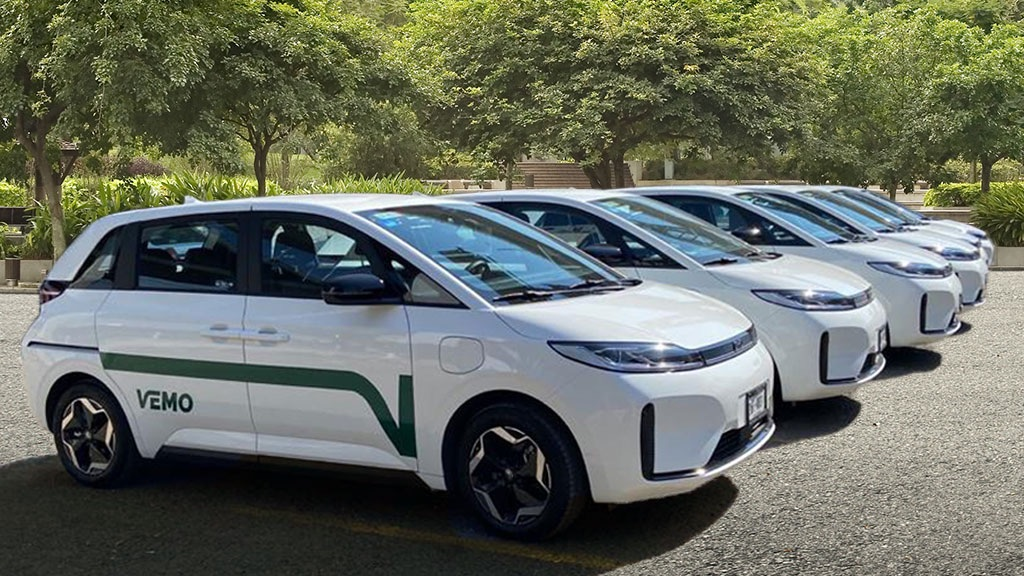Taxis are part of a long history and requirement of every city or small town. In the digitalization age, booking a taxi is easy and convenient as they are just one tap away. The rise of on-demand taxi booking apps is an evident reason for the comfortable and cost-effective way of traveling. Companies like Uber and Lyft are one of the largest rides hailing apps in the world. However, traditional taxis also have an interesting history. This article will explore the evolution of taxis, from horse carriages to modern on-demand taxi booking apps. We will also discuss the benefits and step-by-step guide to developing a taxi booking app.
Evolution of Taxi from Traditional Taxis to Digital Platforms
-
Horse Carriages

First, every taxi service used horses; it was called Hackney carriages. They began their taxi services in London and Paris in 1605. In 1635 the Hackney Carriage Act passed, ensuring that horse-drawn carriages for hire were legal. For almost 200 years, they used the same type of horse carriages until the Hansoms cab was invented. It had two wheels and was drawn by only one horse, which made it faster and more flexible.
-
Electric Taxi
Electric taxi cabs were introduced in 1897 in London. They were known as hummingbirds because of the mechanical sound they made. The electric cab services also started in Newyork city. In 1899, 90% of New York taxis were electric-powered.
-
Gasoline-powered Taxicabs

While electric-powered vehicles were in demand in the late 19th century, they got tough competition from gasoline (Petrol) powered vehicles. During this time, the first gasoline-powered taxi meter was invented, which allowed accurate, fair estimation. After that, in the 1940s, Taxi cabs started to use two ways radio for dispatch. Before that, they used callboxes situated in most places like telephone boxes. Computerized dispatch services started in 1980.
-
Taxi Booking/Ride-hailing App

For more than one century, we have only seen a couple of new inventions and changes in the taxi industry, until the taxi booking app. There are various reports on the first ever taxi booking app, but Uber was one of the first widely accepted apps that succussed. They changed the industry where customers need to rely on taxi companies and drivers as they can charge them more for the services. The idea of a taxi booking app was conceptualized when the co-founder of the Uber app spent $800 for a taxi ride on New Year's Eve.
Advantage of On-Demand Taxi Booking App
-
Easy to book
On-demand taxi booking apps make the process of booking a ride straightforward and convenient. With a user-friendly interface, users can simply open the app, enter their pickup and drop-off locations, and select a suitable vehicle option. The entire booking process can be completed within minutes, saving users time and effort compared to traditional taxi-hailing methods.
-
Real-time Tracking
The advantages of on-demand taxi apps are the ability to track the location of the assigned driver in real-time. Users can monitor the driver's progress on the map within the app, allowing them to have a clear idea of when the driver will arrive at the pickup location. Real-time tracking improves transparency and provides users with peace of mind by eliminating uncertainty and reducing wait times.
-
Cost-effective
Most taxi booking apps often offer competitive pricing, providing cost-effective transportation options for users. These apps typically provide estimated fares upfront, allowing users to compare prices and choose the most affordable option. Also, some apps can offer promotional discounts, loyalty programs, or shared ride options, further reducing costs for passengers.
-
Safety and Security
Every taxi booking app prioritizes the safety and security of their users. They implement various safety measures such as driver background checks, vehicle inspections, and real-time driver tracking. Users can also view driver ratings and reviews, ensuring a sense of security before getting into the vehicle. Additionally, apps often provide a feature to share ride details with trusted contacts, enhancing personal safety during the journey.
-
Transparent Pricing
On-demand taxi booking apps strive to maintain transparency in pricing. Before confirming a ride, users can see the estimated fare based on the picked-up and drop-off locations. This transparency eliminates the possibility of price negotiation or overcharging. Passengers can make informed decisions and choose the most cost-effective option available.
-
24/7 Support
With a taxi booking app, it needs to provide customer support services around the clock. Whether users encounter issues with their bookings, have questions, or need assistance, they can rely on the app's support team to address their concerns quickly. This ensures that users have access to support whenever they need it, enhancing the overall customer experience.
Step-by-Step Guide for Taxi Booking App Development
-
Market Research and Ideation
Every app development process needs to undergo market research to understand the demand. They can learn about the competition in the market, lack of services and features, demographic and targeted audience. With research, we can strategize the app development and ideation of the app. We need to implement all research into the development process and create a flow of functionalities of the app that helps customers.
-
Design
The app design is based on the industry and the customer requirements. We need to create a better app design that allows customers to navigate through the app easily. We also need to make it attractive and intuitive so that it stands apart from the competition. The developer will create a flawless user interface that helps with a positive user experience.
-
Tech Stack
Tech stack refers to the technology and tools that are utilized to build the app. Every application has different requirements and serves different markets, which is why we need to choose a tech stack based on the requirement. It includes various programming languages, frameworks, integration, and more, depending on the platform you choose. Here is a list of tech stacks and tools that are commonly used for taxi booking app development.
- Programing Language - Java, Objective C, Kotlin, Swift
- IDE – Android Studio, Eclipse, Apple Xcode
- SDK – Android SDK, iOS SDK
- Integration - Payment Gateway, SMS Gateway, Wallet, Google Maps
(These tools and tech stacks are just an example; developers may use different tech stacks based on the demand and requirement.
-
Features
The Taxi booking app is divided into three apps, users, drivers, and admin. We need to add some of the common features that can help users book a taxi, schedule, and others. Apart from users, the driver-side app also requires some functionalities to help them. Here are some of the most common features for users, drivers, and admin apps in taxi booking applications.
Features for User
- User Registration
- Booking Interface
- Real-Time Tracking
- Fare Estimation
- Multiple Payment Options
- Driver Ratings and Reviews
- Trip History and Receipts
- SOS/Emergency Button
Features for Driver
- Driver Registration and Verification
- Ride Requests and Acceptance
- Navigation and Route Optimization
- Driver Earnings and Reports
- In-App Communication
- Driver Status and Availability
- Trip Completion and Payment
Features for Admin
- Dashboard and Analytics
- User and Driver Management
- Pricing and Fare Management
- Support and Customer Service
- App Content Management
- Reporting and Analytics
- Promotions and Marketing
(These are some of the common and essential app features for taxi booking apps, you can add other features to make your app unique from others.)
-
Frontend and Backend Development
Frontend development deals with UI, UX, and design of the app. Developers design screens, layouts, buttons, forms, icons, and other visual elements. They also need to make sure that the app is responsive and adapts to different screen sizes and devices. Frontend developers also need to make sure it has a suitable UX, where users can easily book a ride with minimum steps. While designing takes precedence in Frontend development, they also need to work on performance. To create a seamless app, they must implement code minification, image compression, caching, and lazy loading.
The Backend development refers to various servers and databases that need to integrate with the system so that when we use any functions on the app, it works accordingly. Backend developers use programming languages like Python, Ruby, Node.js, or PHP to write the server-side code that handles requests and responses between the app's front end and the server.
-
Testing
Testing and quality assurance are critical in every stage of app development. Developers test the app for every feature, functionality, design, and more to find any bugs, glitches, and errors in the system. They use manual and automatic testing for various devices and OS to ensure optimal performance. Additionally, they test the app to find any security issues as taxi apps deal with users' data and financial aspects.
-
Launch
App deployment is one of the most important stages, as developers need to fix any issues and release the app for users. We need to submit the app for different platforms such as Google Play Store and Apple App Store. We need to adhere to the guidelines and submit them for approval. The backend infrastructure and servers supporting the app must be deployed to reliable hosting environments. We can also go for a soft launch, where we release a beta version to a limited audience to gather feedback, identify any remaining issues, and make necessary refinements.
-
Maintenance and Update
Taxi app development doesn't end with deployment; it is a continuous process that requires constant maintenance and frequent update. After the launch, we need to gather user feedback and make changes to the app accordingly. We also need to maintain the app so that it can perform under pressure. We need to send updates to the app to add more features or security patches.
Top 5 Taxi Booking App Companies
1. Vrinsoft
They are one of the market's most prominent mobile app development companies. They have decades of experience in the field and pioneered app development in various fields. They already have experience building a unique taxi booking app with a 2secure taxi app. They can help any business that is looking to enter the taxi business with an on-demand or custom taxi booking app.
2. Mobisoft
Established in 2010, Mobisoft offers a wide range of services, including taxi booking app development. They have various on-demand app services associated with taxis, such as car rental, bike sharing, corporate carpooling, and more. They offer a white-label taxi app solution named Taxi Pulse.
3. Solulab
Solulab offers exclusive taxi app development services for businesses with a variety of options. They provide custom and on-demand taxi booking app services that include some of the essential features. Apart from taxi booking apps, they also provide services like carpooling and ridesharing apps, shuttle services, and more.
4. MAADI
They are one of the most renowned app development agencies in the market. They have completed more than 2000+ apps successfully and worked with over 900+ clients in 28 countries. Their past clients include LEGO, DJI, Marriot, Porsches, and more. They offer on-demand and custom taxi app development services with a wide range of unique and emerging technology features.
5. ICoderz Solutions
They have decades of experience in app development, especially delivery management, which allows them to build a better taxi booking app. They offer a wide range of taxi booking app features, including an admin panel, user, and driver-side apps.
Conclusion
As technology evolves, it helps businesses to upgrade their services, which eventually helps their customers. What started 400 hundred years ago as a simple horse carriage for hire has now become a global phenomenon of ease and convenience. In this article, we have provided a brief history of taxi booking evolution, benefits, a step-by-step guide for development, and the top 5 taxi app booking development companies. With this guide, anyone can learn more about the history of taxi services and how they can build their own taxi business enterprise.



No comments yet